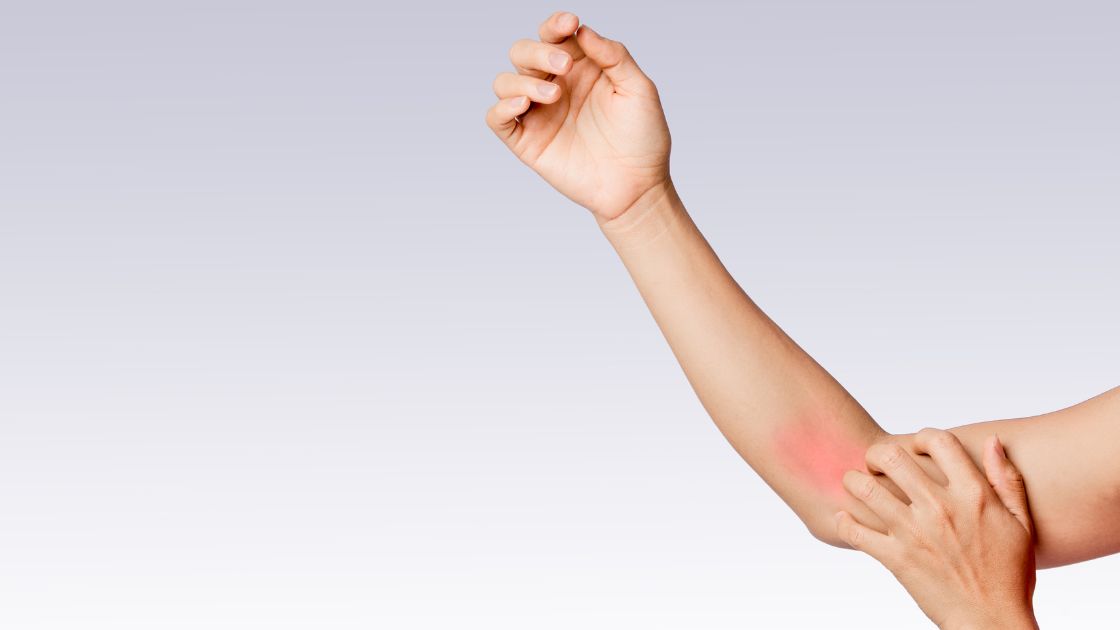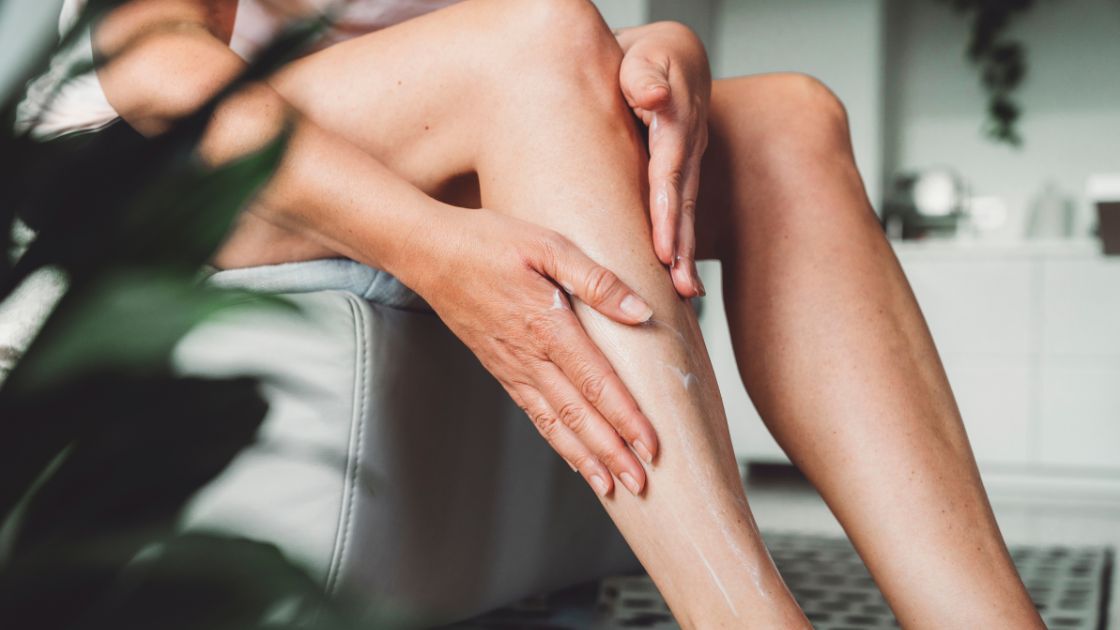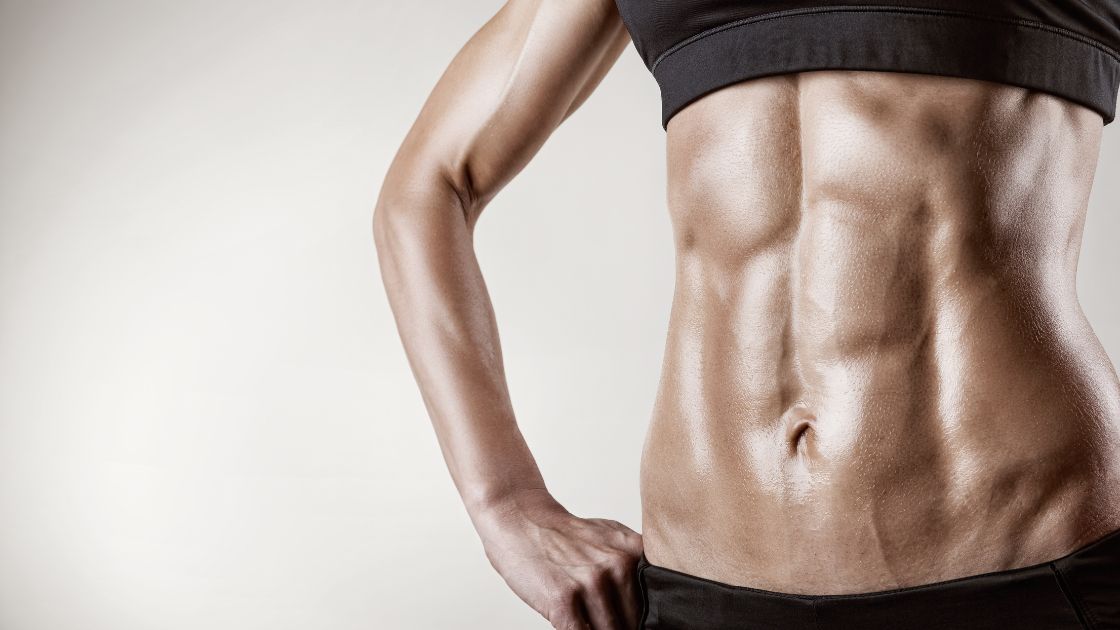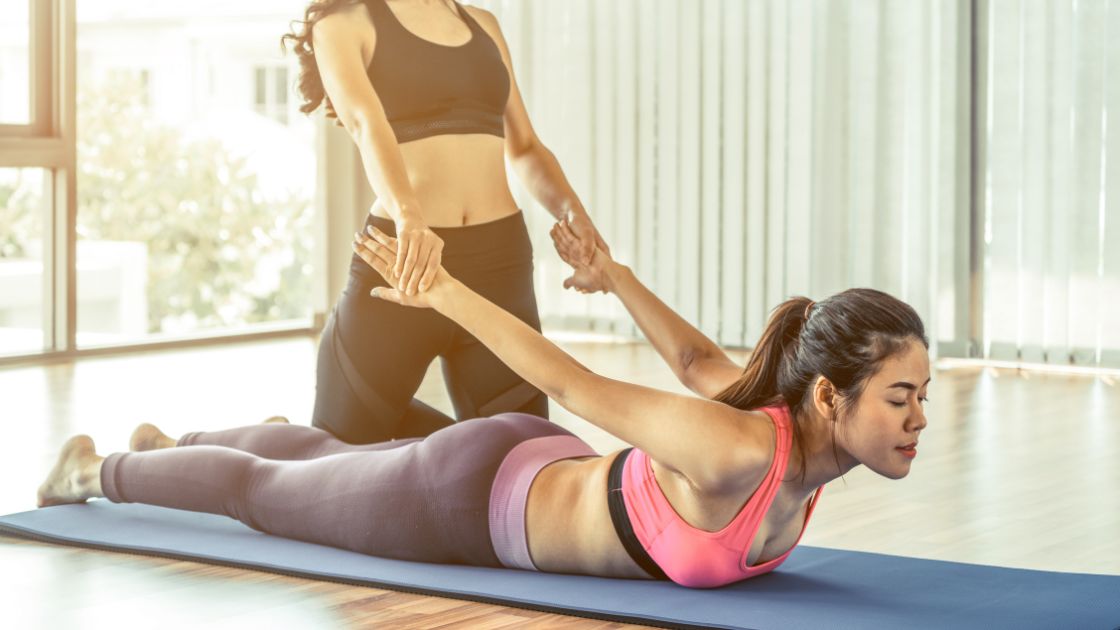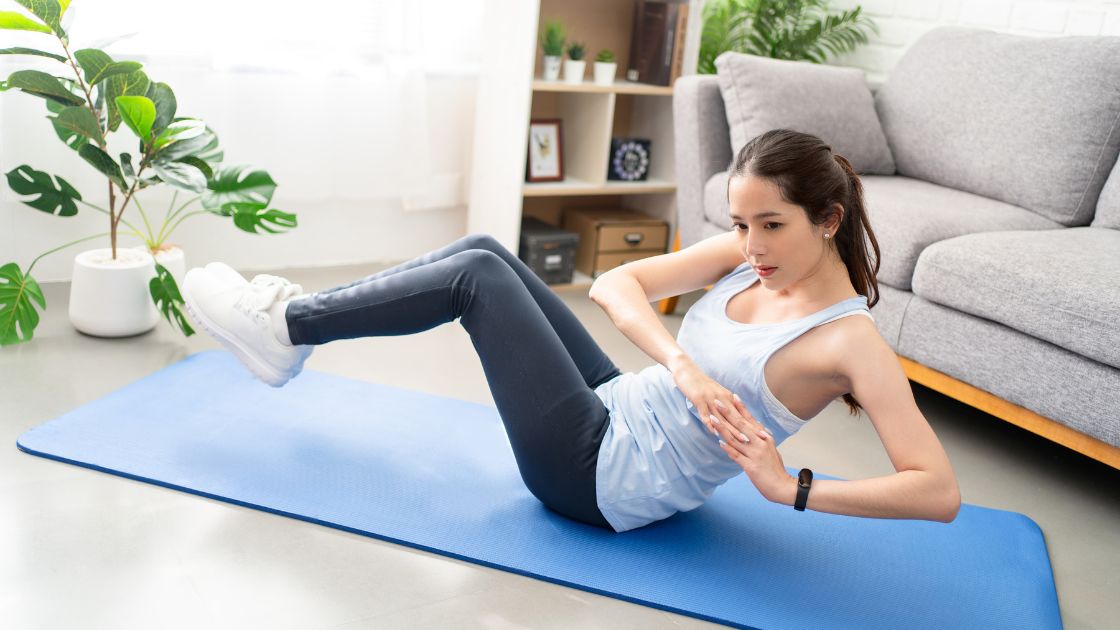Beyond Fluff n’ Stuff – The Therapeutic Benefits of Heat
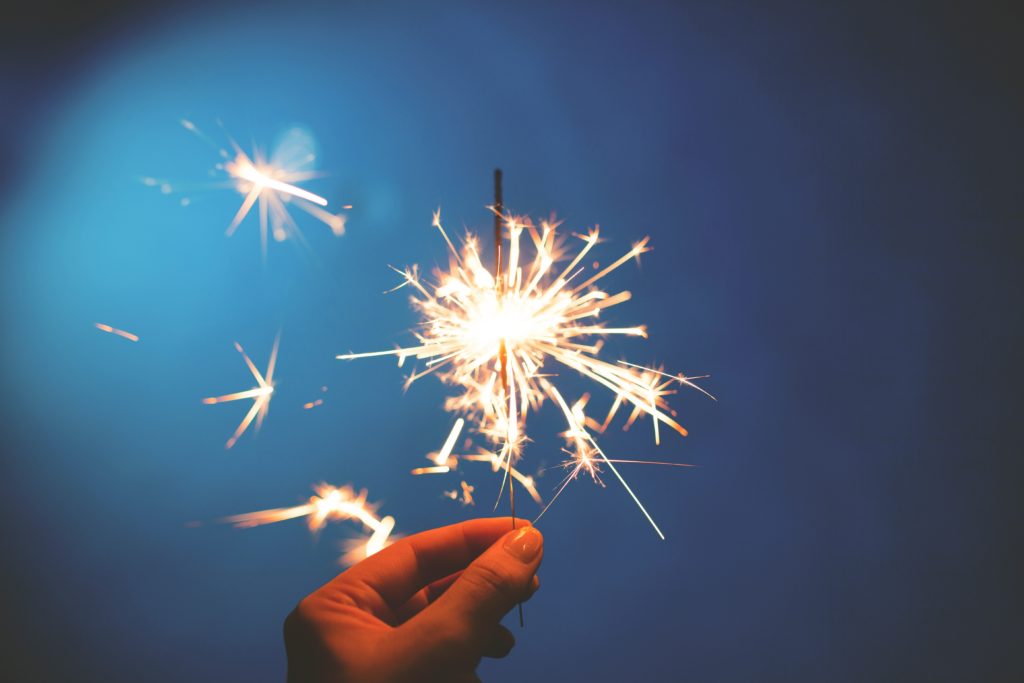
When you hear “Hot Stone Massage”, what images come to mind? For many, it is a classic scene- a couple lying the beach, gently draped in a crisp white towel, eyes serenely closed, a row of perfect, with dark stones cascading down their spine. This picturesque, brochure-quality photo may sound like a luxurious indulgence on vacation, but is there any actual real life, therapeutic benefits to heated modalities?
Absolutely!
Heated Modalities for Muscular Pain
As a Licensed Massage Therapist, the majority of my clients experience some level of muscular pain, tension, or discomfort. One of the main factors of musculoskeletal dysfunctions is the formation of adhesions, or “knots”, within or between muscles. These can form for a variety of reasons, including but certainly not limited to long hours sitting, poor posture, poor diet, overuse, lack of exercise, and dehydration.
When a knot forms, muscle fibers become taut and intertwined, dramatically reducing blood flow. The longer tissues are knotted, the more ischemic they become. Ischemia is a restriction in blood supply. This “leads to insufficient oxygen levels in body tissues.”1 With this restricted blood supply and lack of oxygen, muscles are unable to receive the nutrients required for functioning. Because it is also the job of blood to remove waste, inhibited circulation means “the waste products of metabolism remain in the tissues.”2 This decrease in nutrients and increase in stagnant waste usually leads to pain, the formation of trigger points, restricted range of motion, and other muscular issues that causes someone to end up in my office!
How do we effectively treat these knots?
One way is with heat! Heat is a vasodilator, meaning it widens blood vessels, allowing for increased blood flow.3 Anyone who has ever used a hot pack knows their skin turns red. That redness is the blood rushing to the heated tissue. This increase in circulation also allows blood to flush out the metabolic waste, lactic acid, and other byproducts that are trapped in the knotted muscle.
Hot stones, when used properly, are the ideal tool to deliver both specific pressure and heat to a target area. Practitioners utilize the heat to pinpoint problems and unwind trigger points and knots.
This is one reason I also recommend heated modalities to my clients who are particularly sensitive to deep work or are afraid of massage hurting. Hot stones prep tense, ischemic muscles for hands-on work by softening, warming, and increasing circulation to the tissue. I am able provide deep tissue and therapeutic work without having to use excessive force or pressure. The heat begins the process by unraveling knots in a way the body understands. The use of heat makes the necessary step of manual tissue manipulation much more tolerable and beneficial, since my client won’t be tensing up or fighting back against painful work.
Using Heat at Moyer Total Wellness
At Moyer Total Wellness, my coworkers and I are encouraged to utilize whatever tools we have available to provide customized and effective bodywork. Since I specialize in Trigger Point Massage, I always have few hot stones ready to grab if I encounter an issue that would benefit from heated therapy. The hot stones bring the therapy to a whole new level. Most of my clients now request them to be used every session!
It is important to be forthcoming with your therapist about all medical conditions, as there are some that contraindicate the use of heat.
To wrap it all up- Although an expensive destination spa hot stone massage may lack therapeutic benefits, a well-trained Massage Therapist can use hot stones, and other heated treatments, as a tool to provide the most effective pain relief possible! I hope to end the stigma that hot stones are frivolous. When used in conjunction with bodywork, hot stones can be a hugely beneficial part of a holistic wellness.
- Merck & Co. Occlusive Peripheral Arterial Disease, The Merck Manual Home Health Handbook website, revised and updated March 2010. Retrieved March 4, 2012.
- Muscolino, Joseph E. The Muscle and Bone Palpation Manual: with Trigger Points, Referral Patterns, and Stretching. Mosby/Elsevier, 2009.
- Sinclair, Marybetts. Modern Hydrotherapy for the Massage Therapist. Wolters Kluwer/Lippincott Williams & Wilkins, 2008.
Written by: Hannah Chase Marklinger
Photo by Stephanie McCabe on Unsplash

